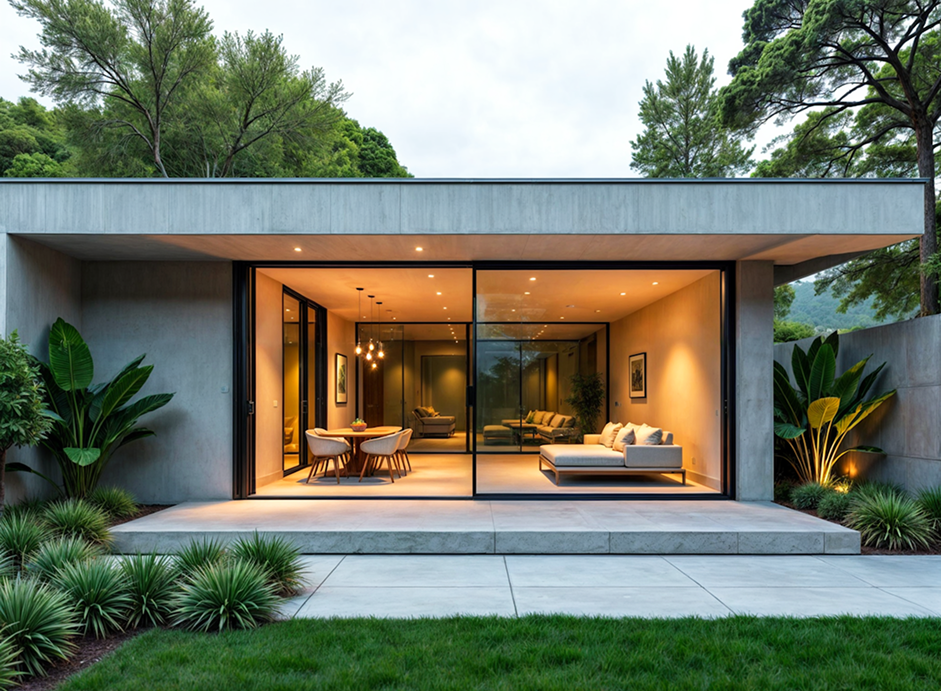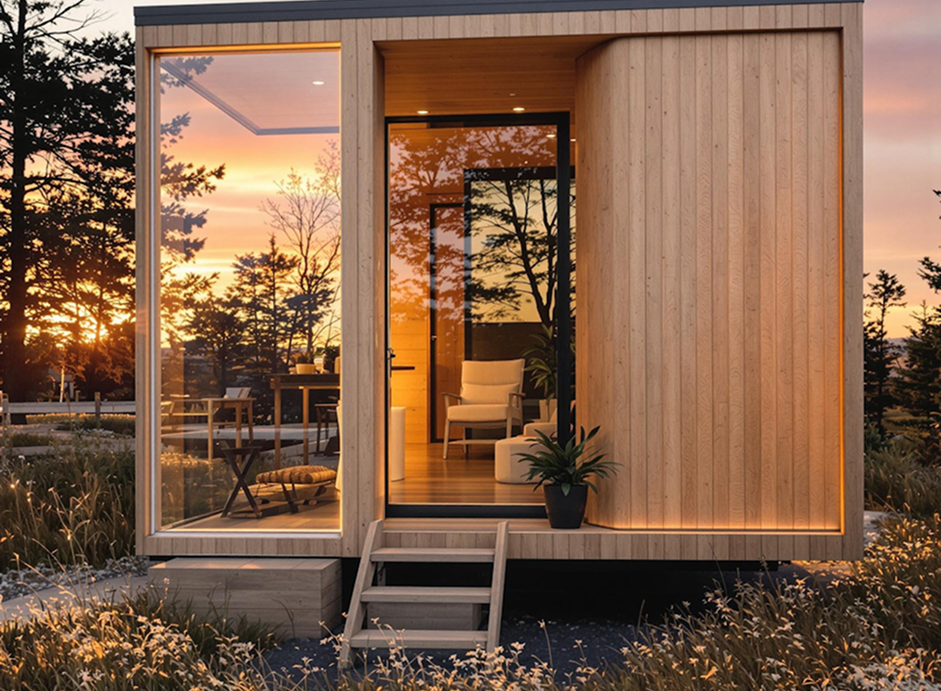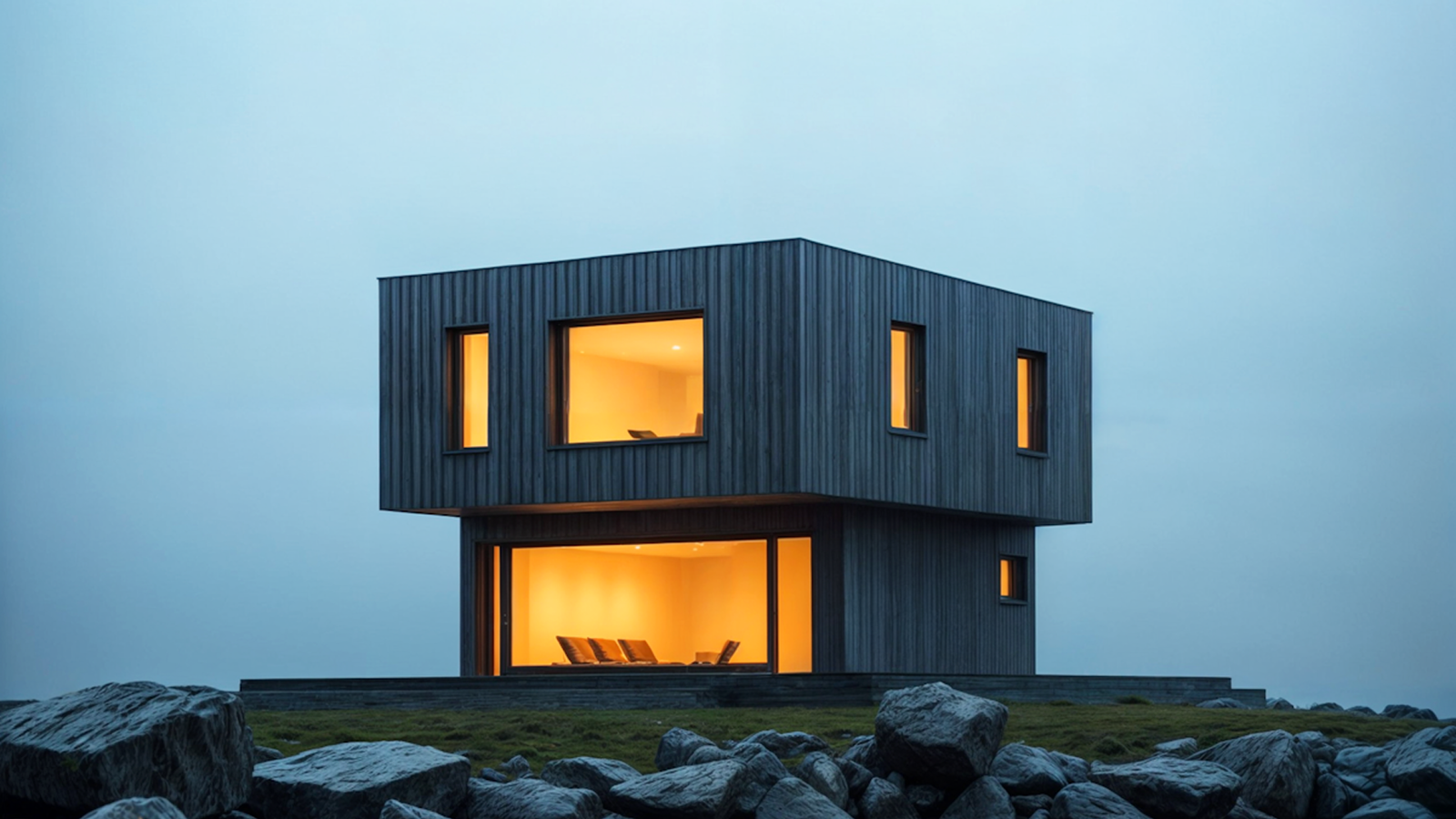- August 7, 2025
- Build Tips
In today’s real estate and construction world, sustainability is no longer just a trend—it’s a necessity. Homeowners, architects, and property developers are constantly searching for ways to reduce environmental impact without compromising on style or durability. One material that has gained significant popularity in sustainable building is reclaimed wood. Sourced from old barns, factories, warehouses, and even deconstructed homes, reclaimed wood offers a unique blend of eco-consciousness, character, and timeless appeal.
The charm of reclaimed wood lies in its story. Every knot, grain, and mark tells a tale from decades—sometimes centuries—past. Using reclaimed wood in a property instantly adds warmth, authenticity, and texture that new materials often struggle to replicate. Beyond aesthetics, it also means fewer trees are cut down, which directly contributes to forest conservation and reduced deforestation rates—a major win for the planet.
From an environmental perspective, reclaimed wood is an excellent example of the “reuse” principle in sustainable living. By repurposing old timber, builders help keep usable materials out of landfills and reduce the energy footprint associated with manufacturing new building supplies. In many cases, reclaimed wood is also stronger than newly harvested wood because older trees grew more slowly, resulting in denser, more durable lumber. This makes it a practical choice for flooring, beams, furniture, and even full structural elements in property construction.
For property investors and homeowners, using reclaimed wood can also enhance a property’s market appeal. Many buyers today actively seek eco-friendly features in homes, and materials like reclaimed wood stand out as a premium, sustainable option. Whether it’s rustic exposed beams in a living room, vintage hardwood floors, or custom cabinetry made from salvaged timber, these touches add both beauty and perceived value to a property.
Maintenance is another advantage often overlooked. Properly treated reclaimed wood can last for generations and requires minimal upkeep. It resists warping, retains its stability, and often comes pre-seasoned from years of use, making it less susceptible to changes in humidity compared to freshly milled wood. Additionally, its aged patina tends to look even better over time, unlike some modern materials that wear out and lose their appeal.
The key is to keep only what you need and give every item a dedicated home. Similarly, organizing expert Marie Kondo reminds us, “A place for everything, and everything in its place.
Incorporating reclaimed wood into your building or renovation project is not only an eco-friendly decision—it’s an investment in craftsmanship, history, and long-term durability. Whether you’re developing a luxury property, renovating a heritage home, or building a contemporary green residence, reclaimed wood can provide the perfect balance of sustainability and style. It’s a reminder that sometimes, the best materials aren’t the newest—they’re the ones with a story to tell.
Tags:Holiday Rentals





“Sustainability never looked so good! The reclaimed wood really tells a story.”
“This is such an inspiring approach—beautiful interiors with an eco-friendly heart!”
“Love how you’re blending sustainability with style! Reclaimed wood adds so much warmth and character to a space.”